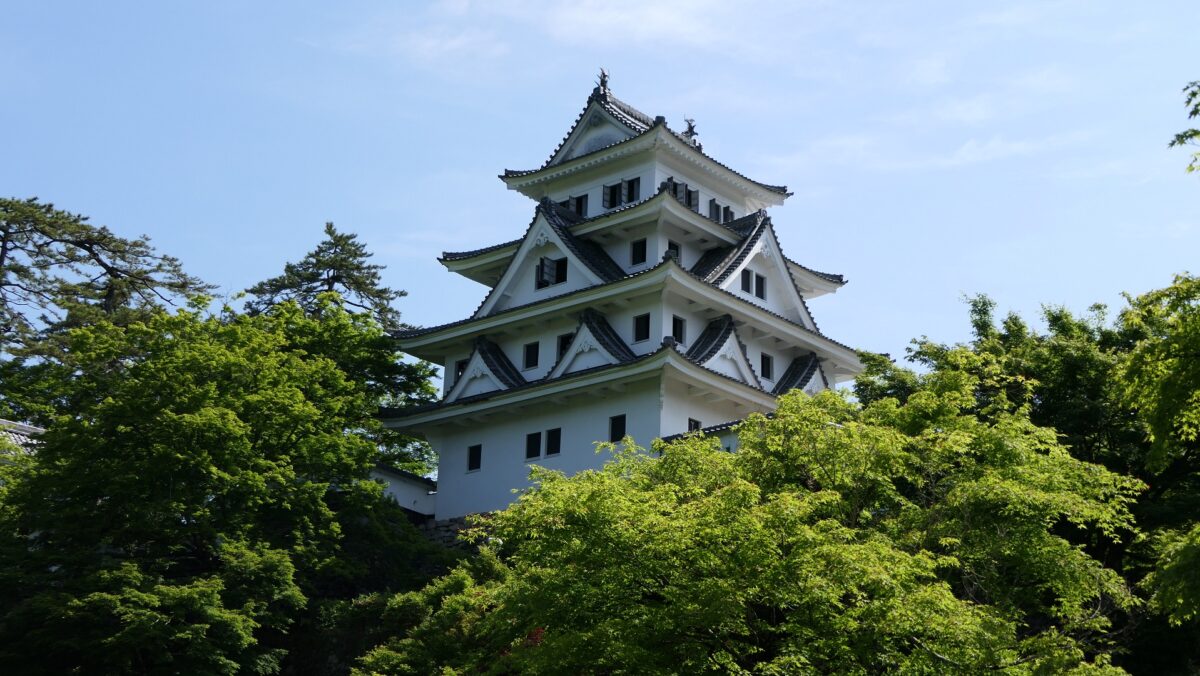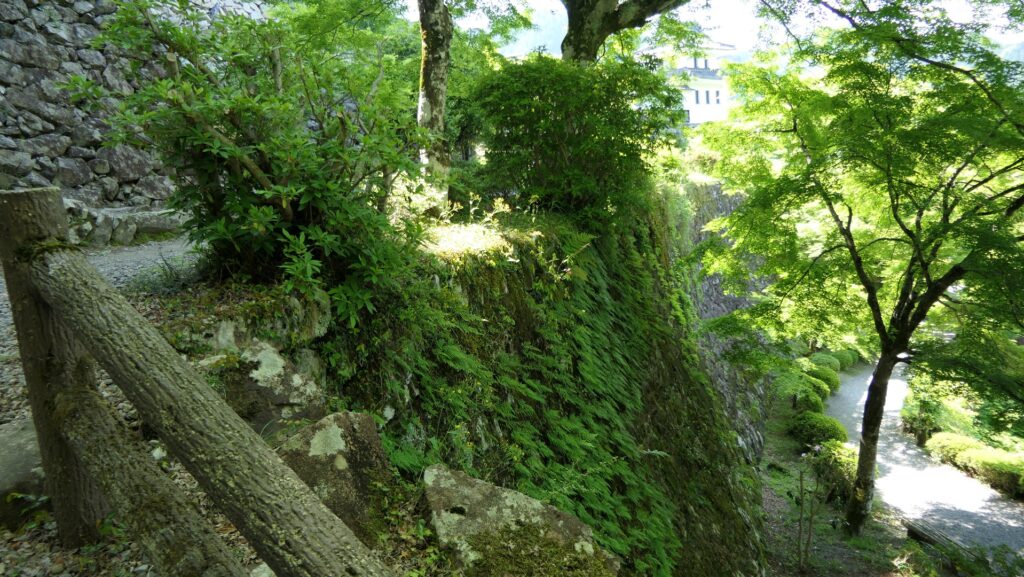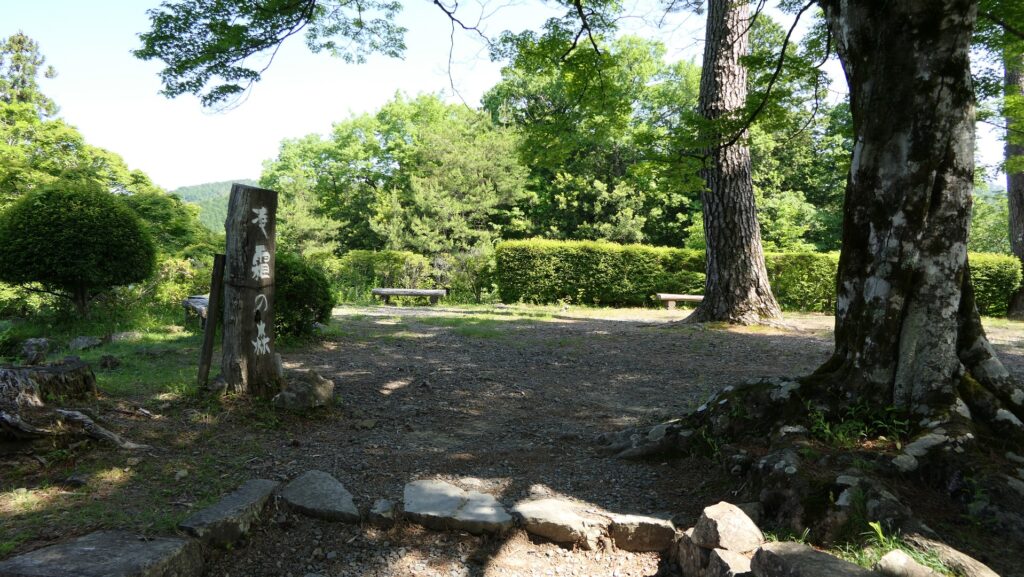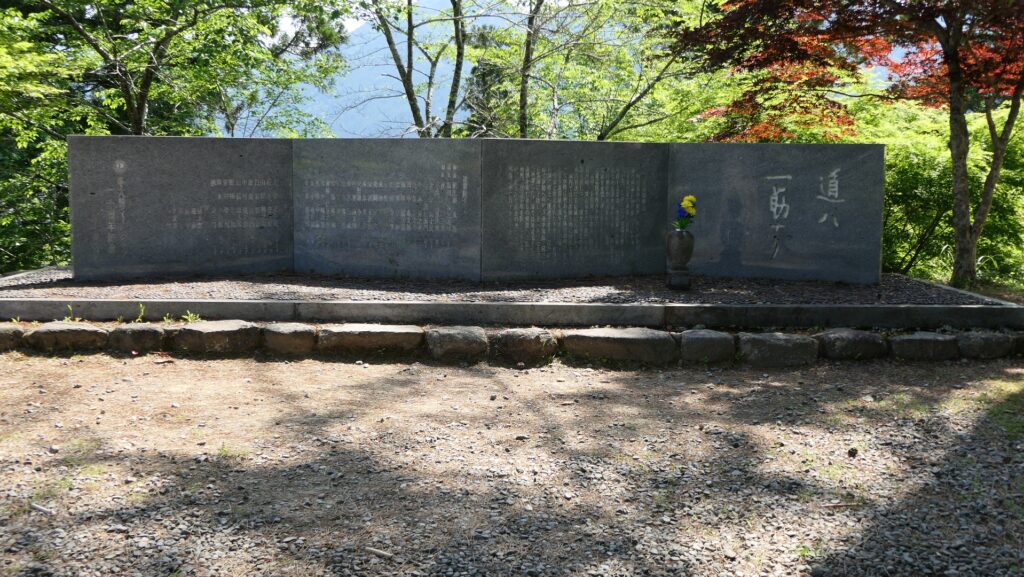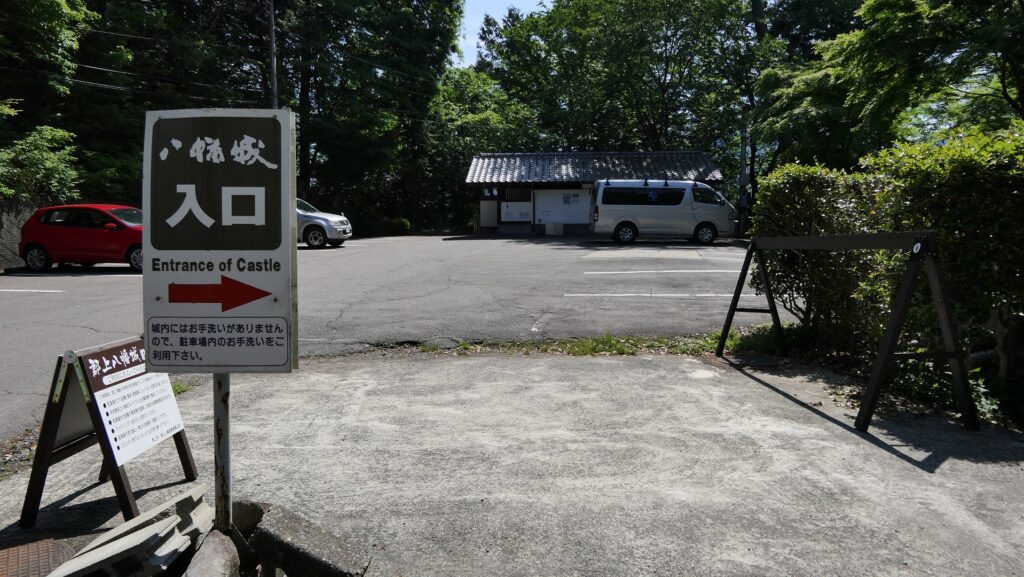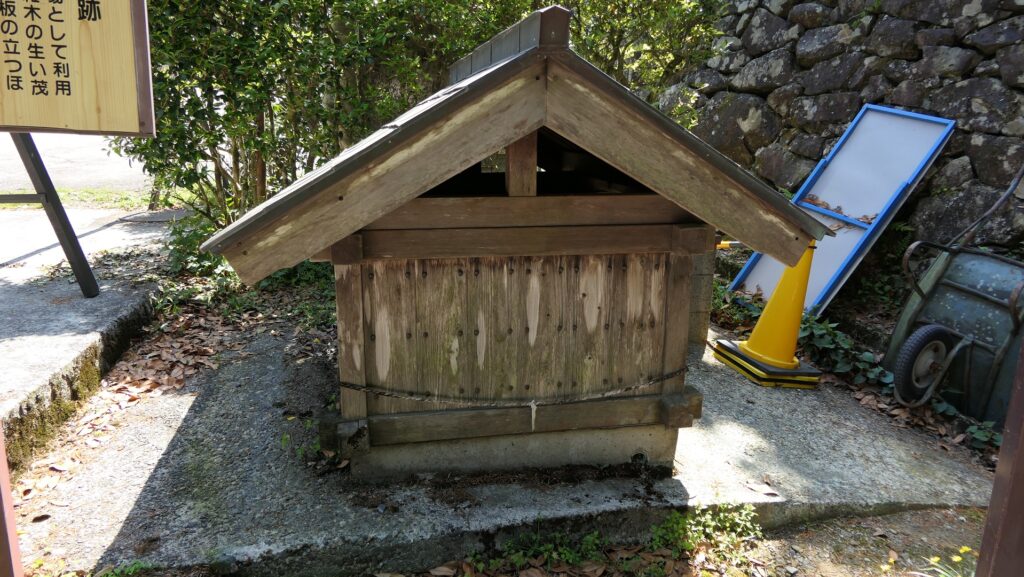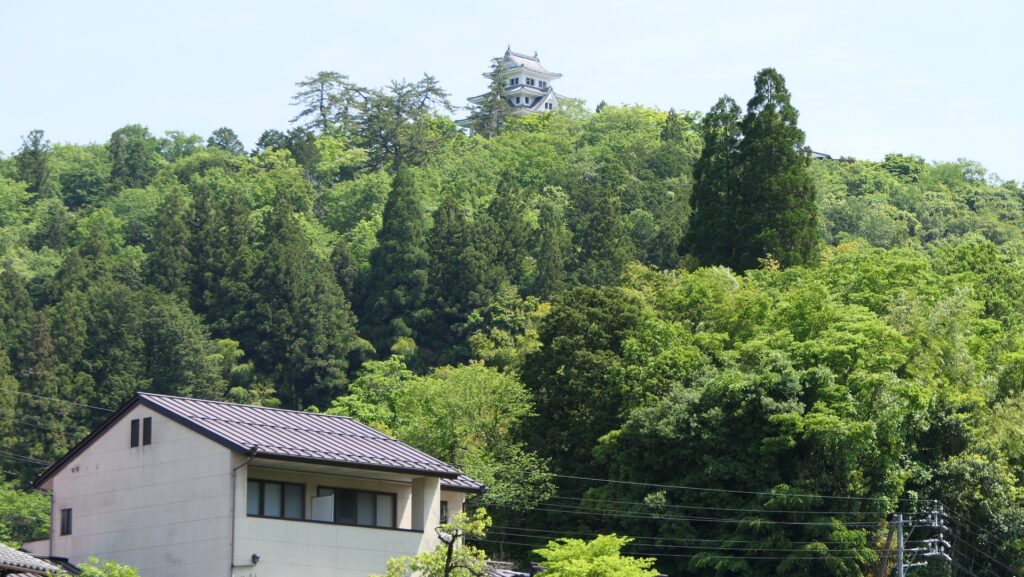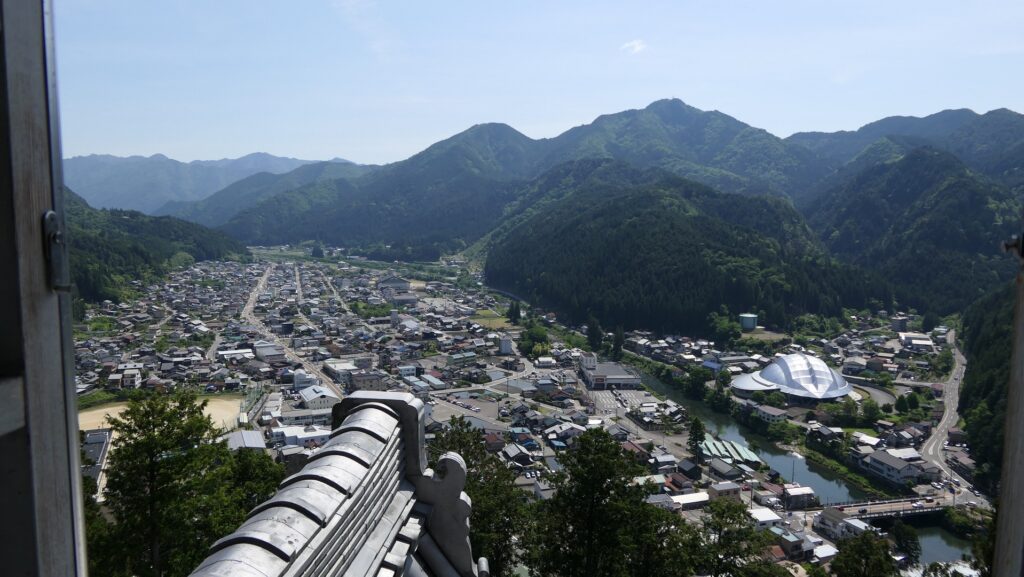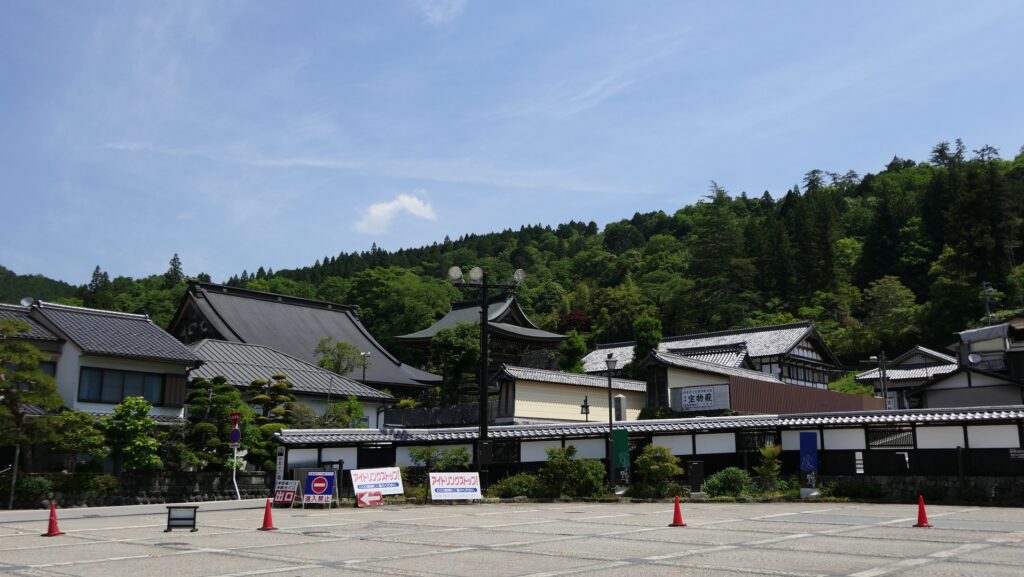Features
Remaining Stone Walls along Main Route
You can also walk on the Main Route up from the western side of the hill or down from the Second Enclosure. The route goes through the Third Enclosure where you can see the remaining stone walls here and there. It is thought that the builder, Naomasa Ii aimed to show his authority to the visitors passing the route. The Ii Clan later built Hikone Castle using much greater stone walls, but they built stone walls of Minowa Castle as much as they can at that time.
The map around the castle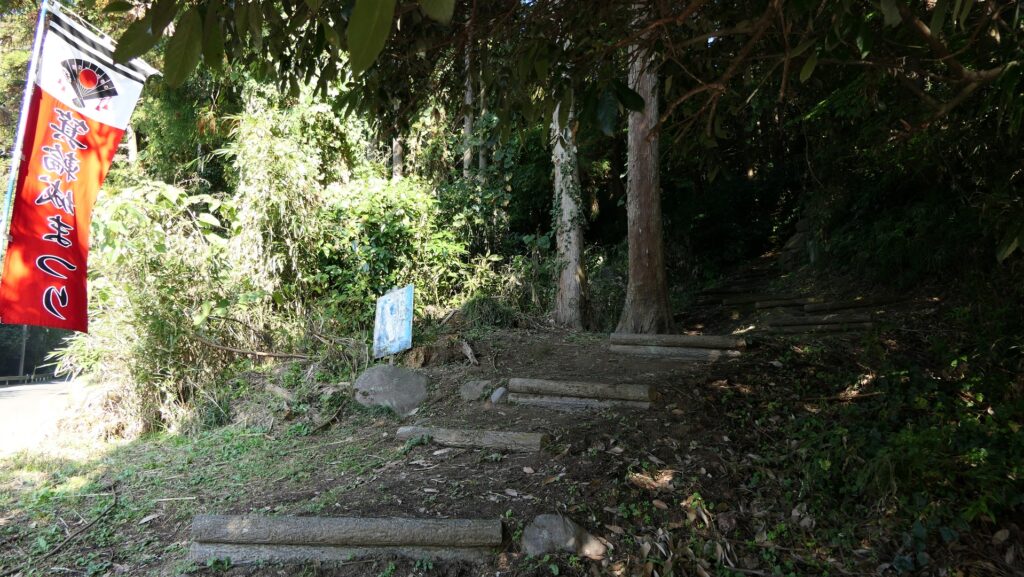

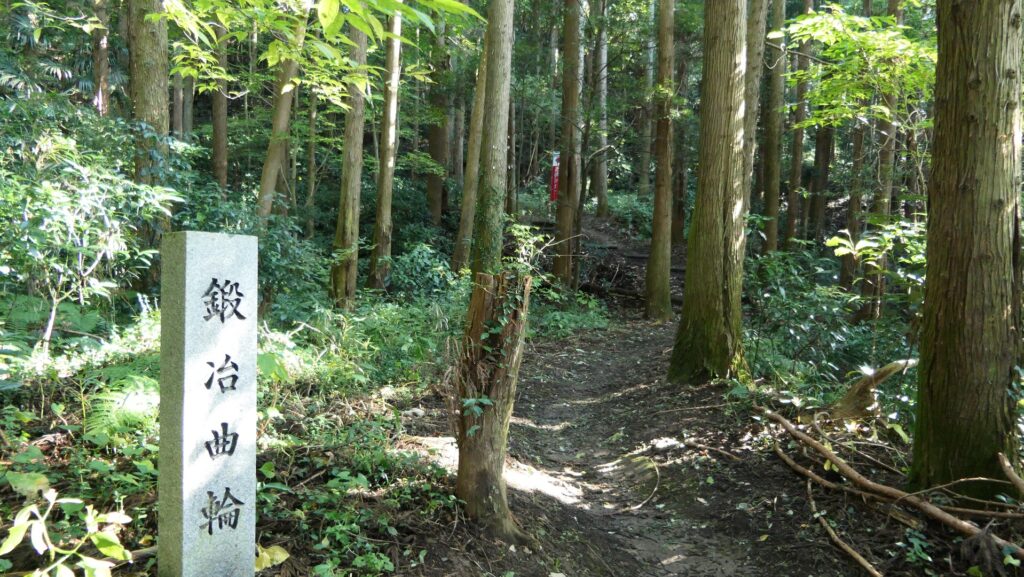

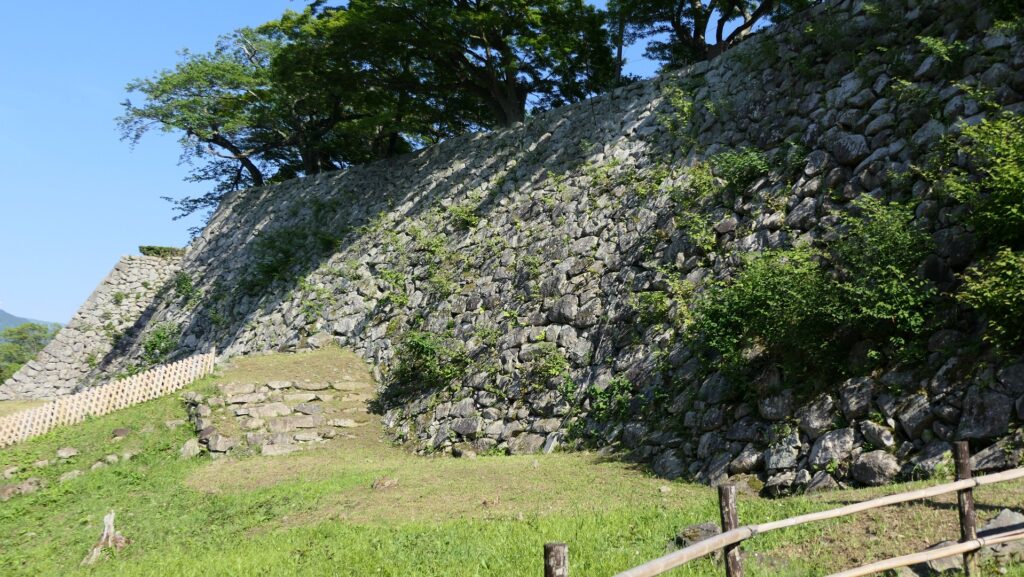
Later History
The ruins of Minowa Castle was designated as a National Historic Site in 1987. After that, the excavation was done widely between 1998 and 2006 by Takasaki City which owns the ruins. Since then, the city has been developing the ruins as a historical park.
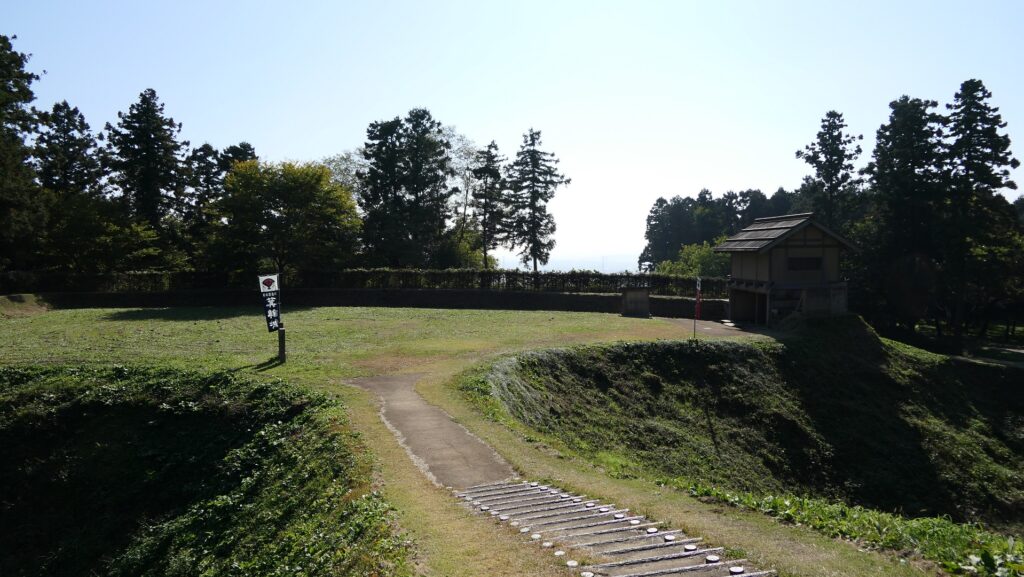
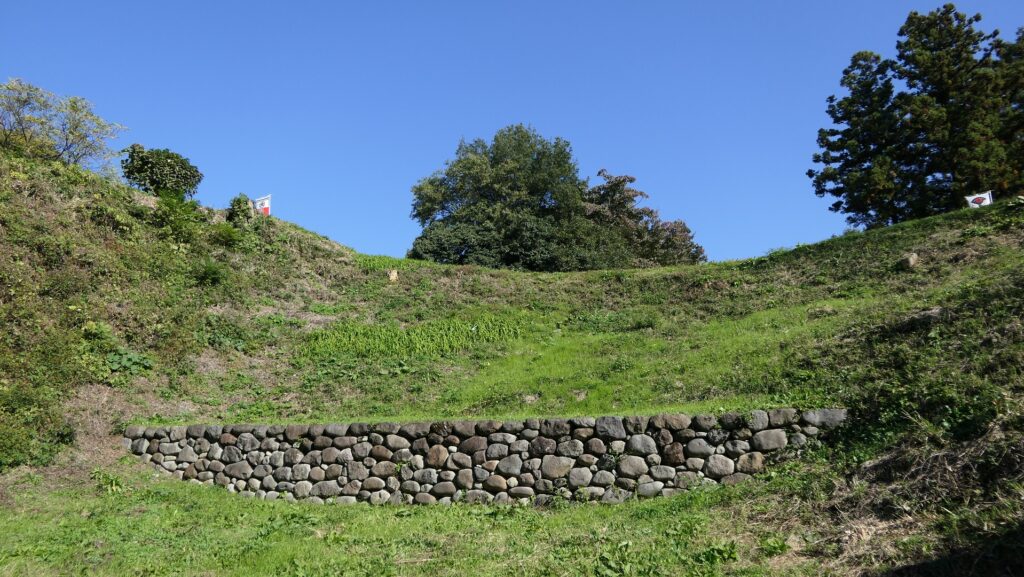
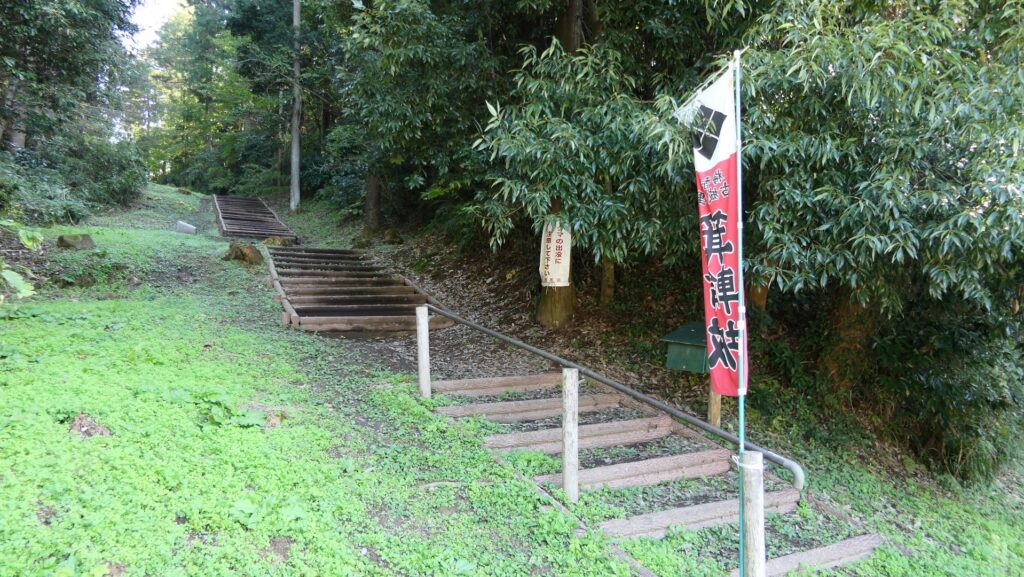
My Impression
I was very impressed by Narimasa Nagano and his clan’s way of life to devote themselves to their master and territory. There were also other generals who had different ways of lives such as the Obata and Sanada Clans. If you were a general or warrior in the Sengoku Period, which way you would prefer? In addition, if we apply their lives in present times, the life of the Nagano Clan would be like working for the same company for a long time, the Obata Clan would be changing careers often, and the Sanada Clan would be starting a business. We can think about our own lives from learning about those generals in the Sengoku Period.

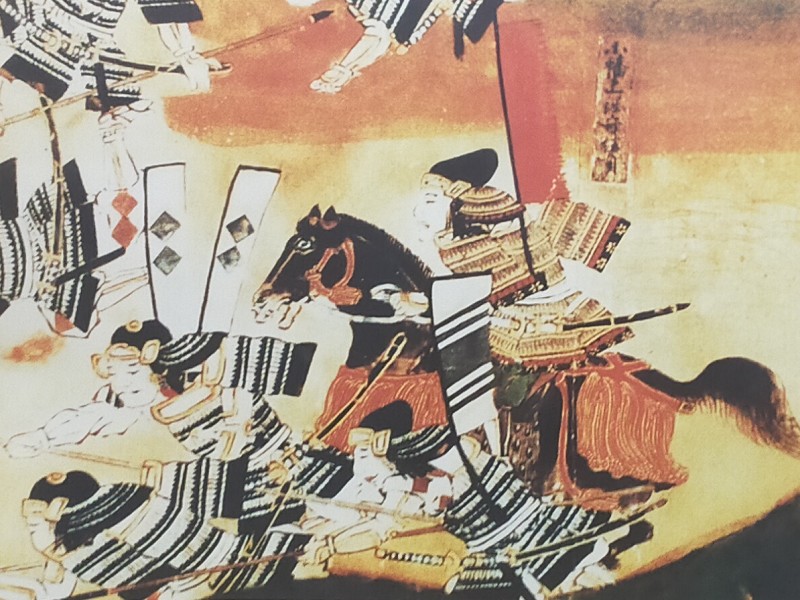

How to get There
I recommend using a car when you visit the ruins.
It is about a 30-minute drive away from Takasaki or Maebashi IC on the Kanetsu Expressway. You can park at several parking lots in the ruins.
If you want to use public transportation, you can take the Gunma Bus bound for Ikaho-Onsen from Takasaki Station and get off at the Shiroyama-Iriguchi bus stop. It takes about 5 minutes on foot from the bus stop to get there.
To get to Takasaki Station from Tokyo: Take the Joetsu Shinkansen super express.
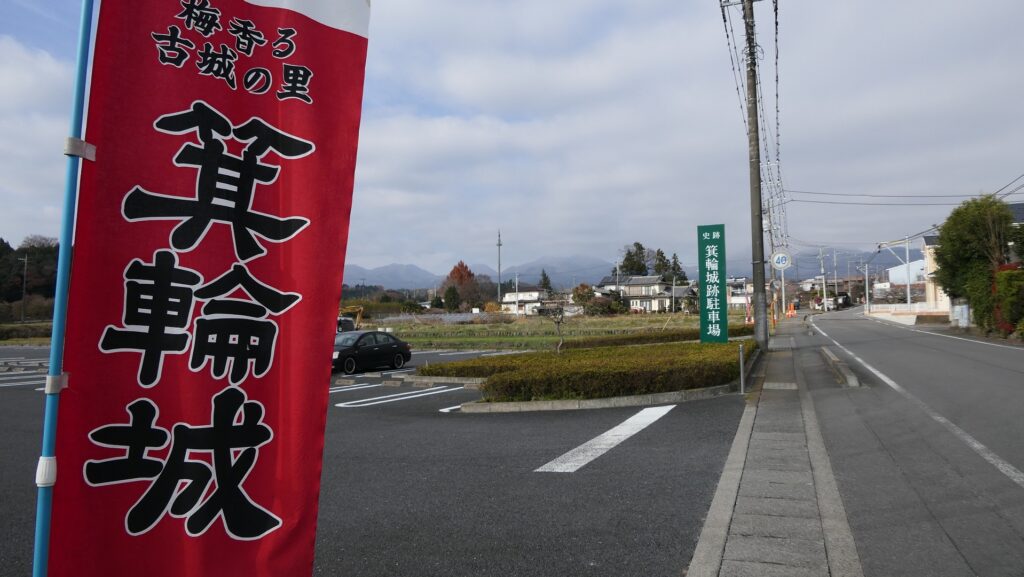
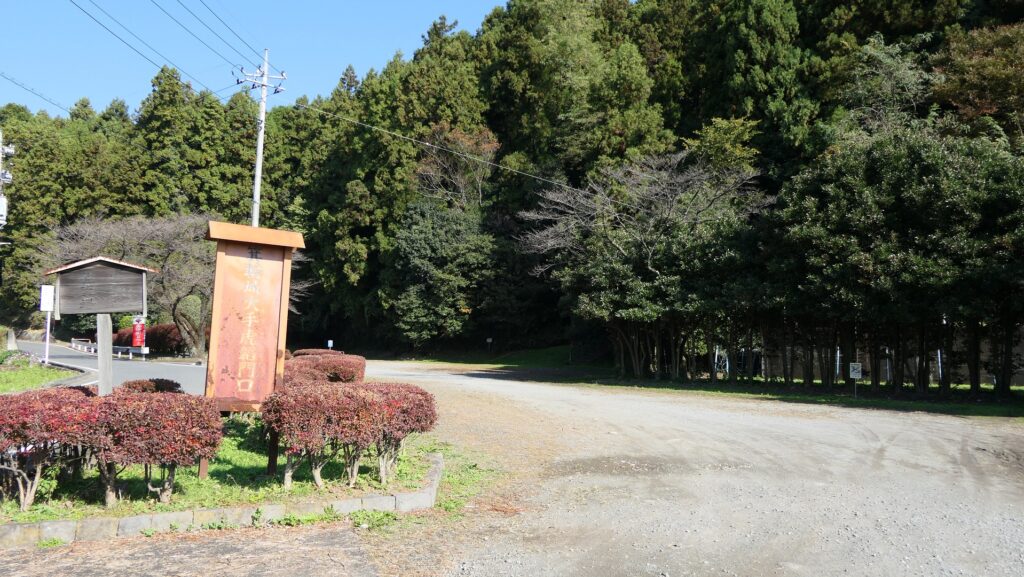
That’s all. Thank you.
Back to “Minowa Castle Part1”
Back to “Minowa Castle Part2”

